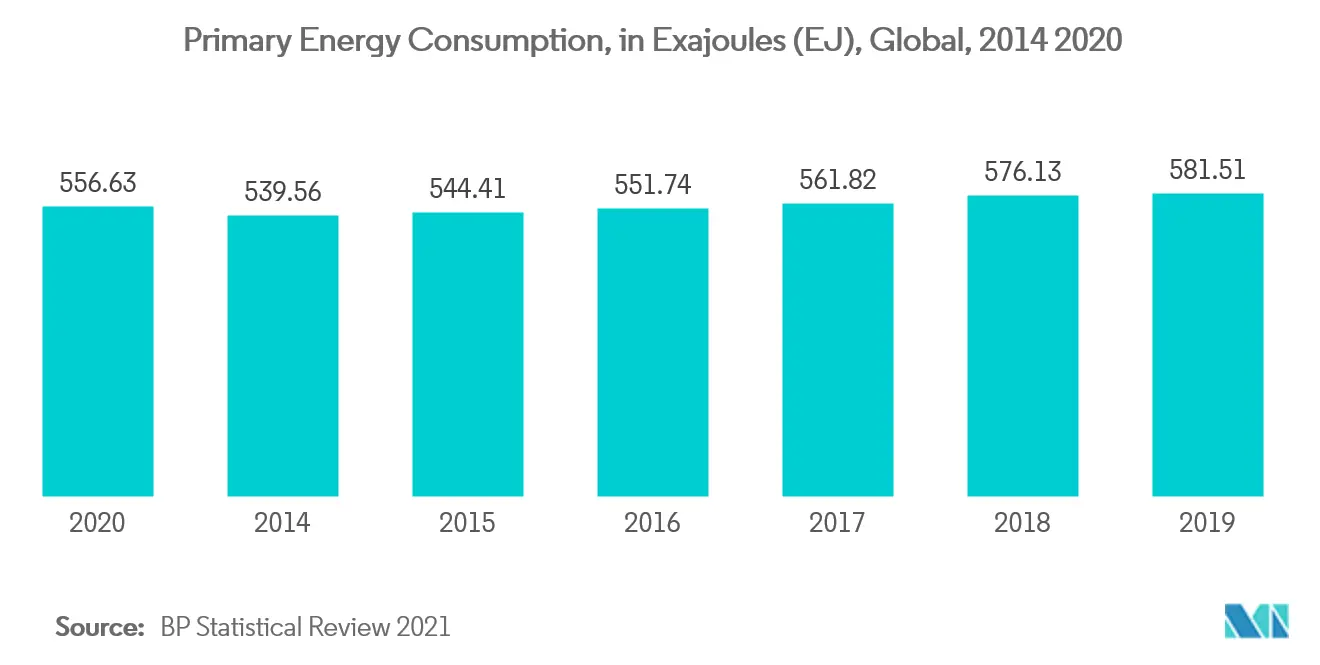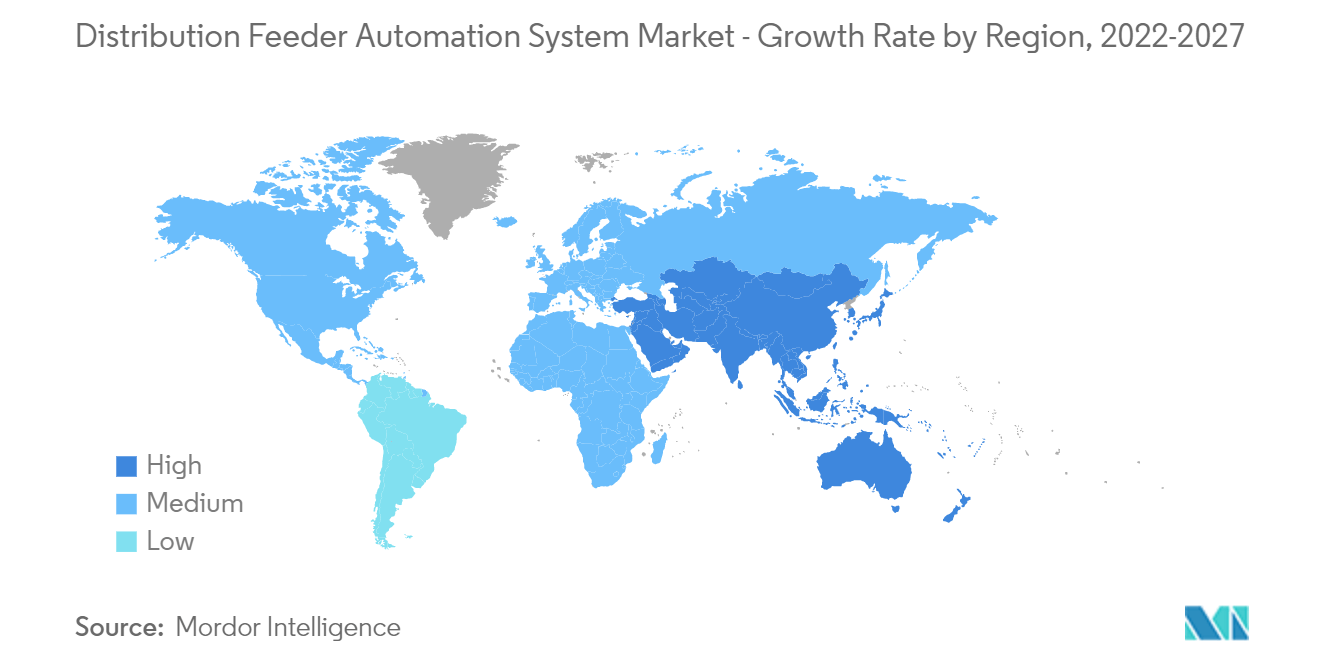Market Trends of Distribution Feeder Automation System Industry
This section covers the major market trends shaping the Distribution Feeder Automation System Market according to our research experts:
Hardware to be a Significant Segment
- The goal of distribution automation in the utility grid is the real-time adjustment to changing loads, distributed generation, and failure conditions within the distribution grid, usually without operator intervention. Hardware used in the functioning forms an essential part of the architecture used to achieve the set objectives.
- Distribution feeder automation is an integral part of system-level automation in contemporary power distribution networks, which improves reliability using smart grid technology. The feeder establishes a connection between the substation and end-users without any tapping. Most of the faults occur on feeder lines as these are exposed to harmful environmental conditions. Thus, utility companies are increasingly opting for feeder automation hardware, which comprises an assembly of numerous smart relays and switching equipment that can viably sustain harmful conditions.
- Increasing demand for reliable and uninterrupted supply by the consumers has led to a rise in the use of advanced technologies like distribution feeder automation systems. Hardware accessories have helped different consumers in the commercial and industrial sectors to reduce their losses due to power loss by indicating and resolving an issue in a smaller time frame.
- Primary energy consumption in the world decreased by 4.5% to 556.63 Exajoules in 2020 from 576.23 exajoules in 2019. This decrease was primarily due to the pandemic and is expected to be compensated in 2021 and 2022. The energy consumption is expected to increase further in the forecast period and may drive the utility sector in the distribution feeder automation system market.
- Hence, the hardware segment is expected to be a significant segment in the market during the forecast period due to the increase in energy consumption and advancements being made in the equipment.

The Asia-Pacific Region is Expected to Dominate the Market
- The Asia-Pacific region is the most populous region with densely packed cities. Such areas require a broad set of hardware and reliable software as the network used can often be misleading or have a high level of inaccuracy due to a large number of connections that may be formed between the hardware system. To increase accuracy, many companies are generating different models and devices to pinpoint the fault in the transmission and distribution network.
- The Asia-Pacific utility companies usually have a vast customer network spread over a large area, which requires the need to manage the power failures due to faults as they happen. Access to the information reduces the time taken to put the grid back online and also provides a mechanism that Improves consumer handling and satisfaction, thereby maximizing customer retention and increasing the profit for the electricity distributor, contributing to the growth of the market.
- Primary energy consumption in the Asia-Pacific region decreased by 1.6% to 253.25 Exajoules, in 2020 from 256.54 Exajoules, in 2019. This decrease is primarily due to the pandemic and is expected to increase in the upcoming years on account of growing demand in the residential and industrial sectors. Hence, such a scenario is likely to increase demand for the distribution feeder automation system market.
- Further, Asia-Pacific is expected to dominate the distribution feeder automation system market due to the increase in the investments in the market related to the smart grid and rising primary energy consumption in the region.


